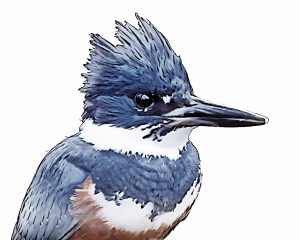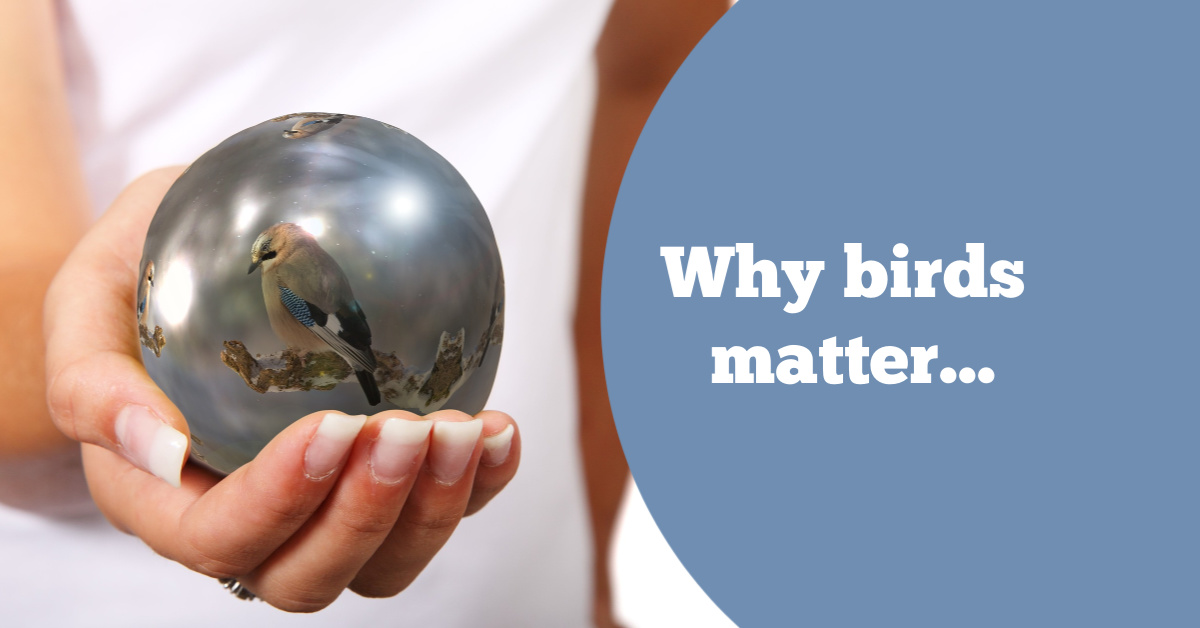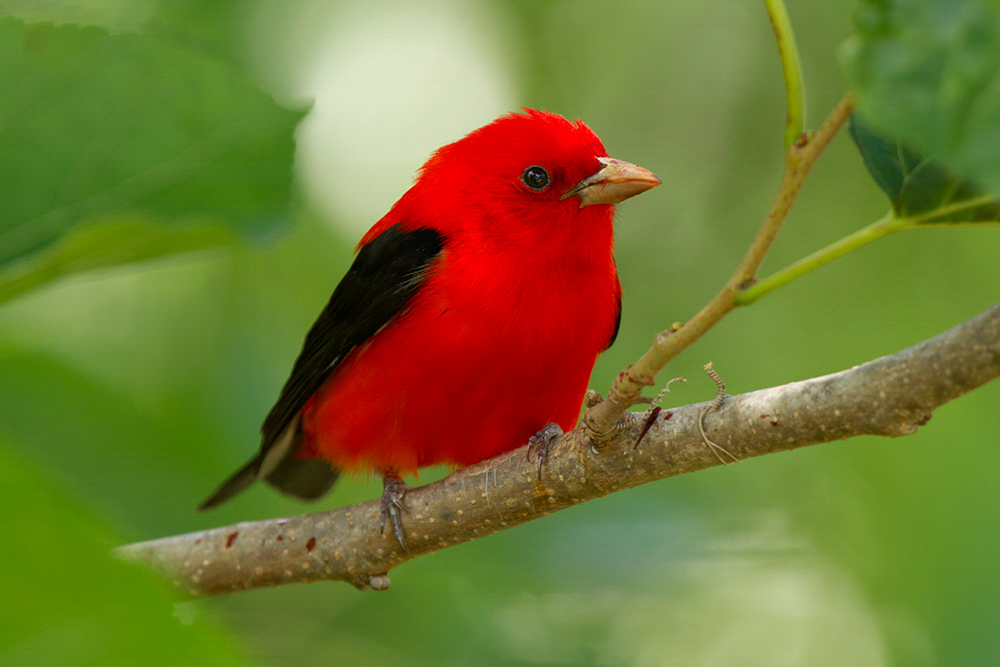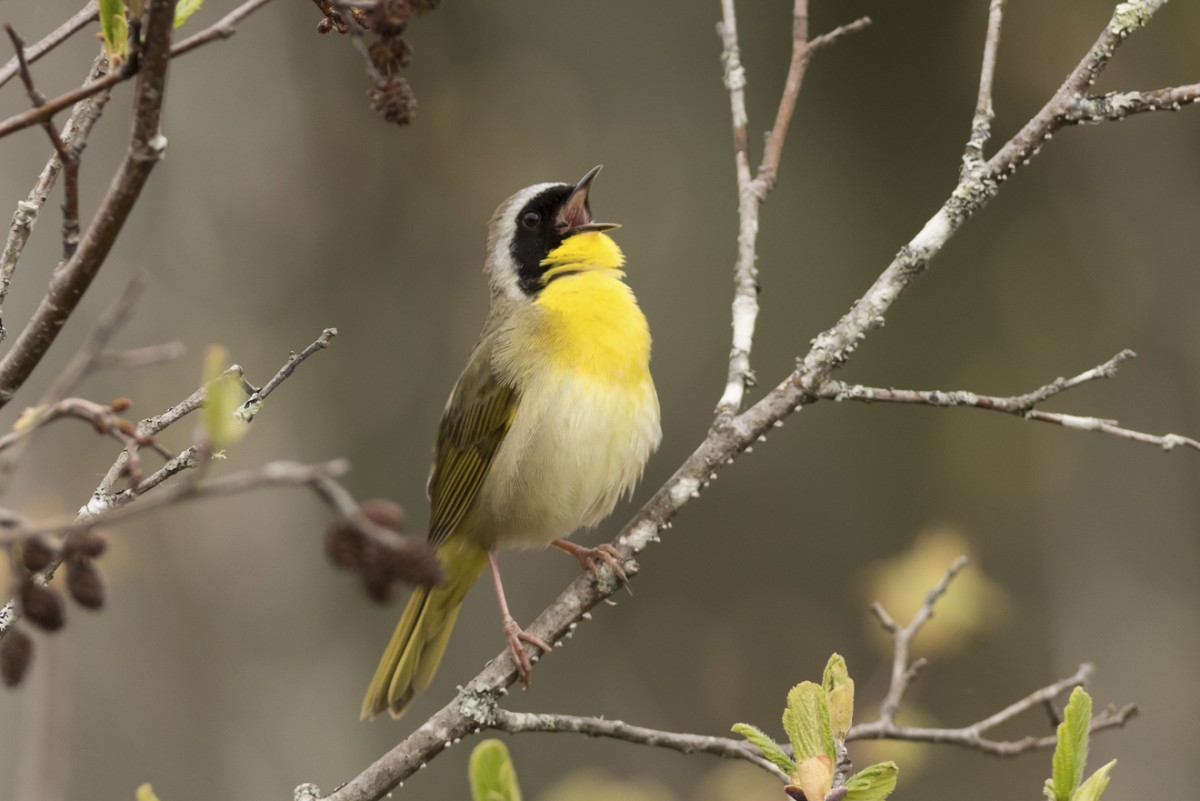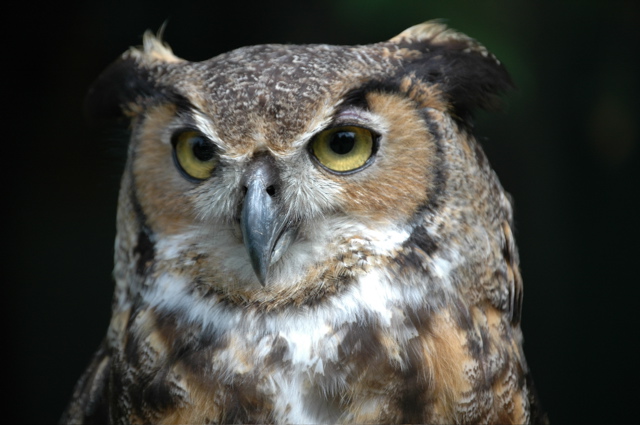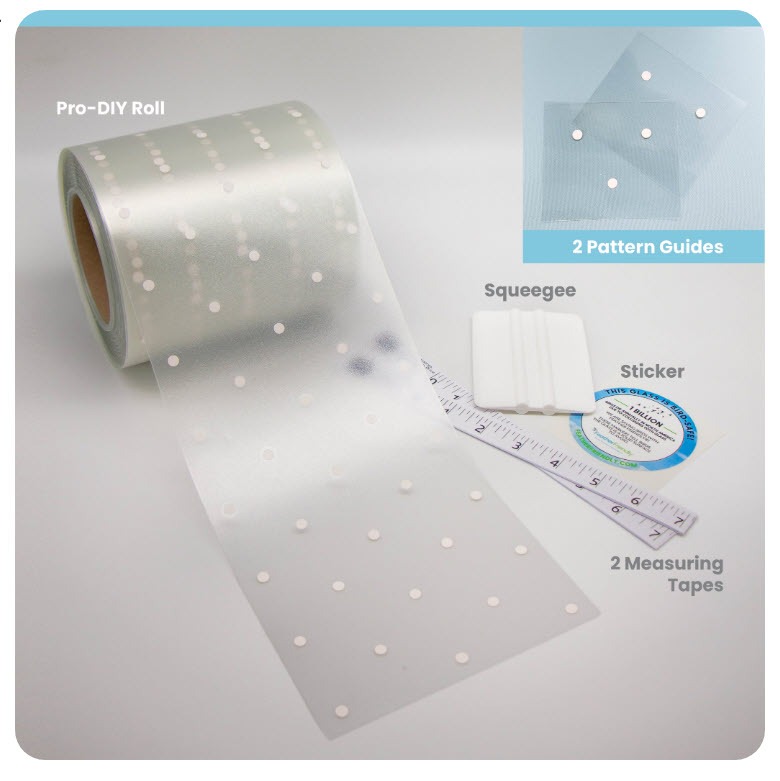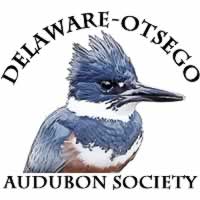National Audubon Society’s New Report on Climate Change and Its Impacts on North American Birds (and People)
America’s birds are at greater risk to climate change than previously believed, according to Survival by Degrees: 389 Bird Species on the Brink, a report issued earlier today by the National Audubon Society. The report, an update to the Birds and Climate Change Report, originally released in 2014, states that climate change is the number one threat to bird species, nationally and locally.
- Audubon’s new science shows that two-thirds (64%) (389 out of 604) of North American bird species are at risk of extinction from climate change. The good news is that the science also shows that if we take action now we can help improve the chances for 76% of species at risk.
Audubon’s scientists have closely analyzed the relationship between climate change and bird populations using the latest climate science research methods and modeling. The report drew on an expanded pool of data sources and bird records to capture a deeper, more extensive analysis of the effects of climate change on North American bird species.
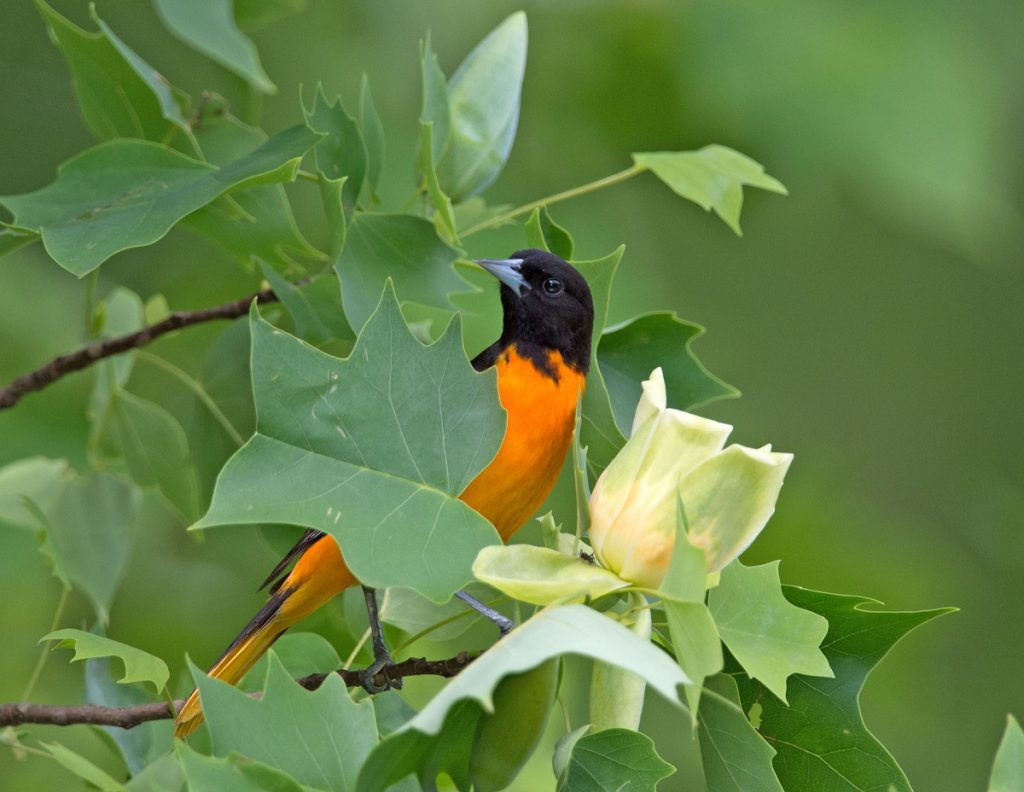
According to the report, North American birds are more vulnerable than ever from rising temperatures and climate-related events such as sea level rise, droughts, fires, and extreme weather. In New York, rising temperatures and reduction in available moisture as a result of climate change will affect vegetation, causing a ripple effect that will impact plant and insect communities, thus influencing food and habitat availability for birds.
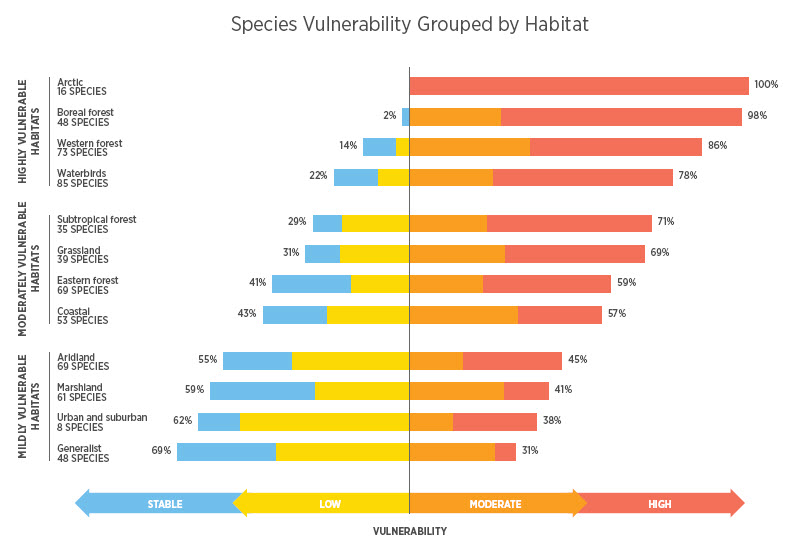
“The report shows that an estimated 116 species (51%) found in New York can be considered to be vulnerable in summer under a 3℃ warming scenario,” said Susan O’Handley, Co-President of the local Delaware-Otsego Audubon Society . “If we hold warming to 1.5℃, the number of climate vulnerable species drops to 77.”
In addition to direct changes to habitat due to warming, birds in Central New York face additional secondary threats like changes to the agricultural landscape, as well as drought, heatwaves (in Spring and Summer), false spring and heavy rains. Many of our coastal migratory species in New York will be impacted by sea level rise and urbanization impacts as well.

The NY State portion of the report provides an assessment by species to show expected trends in population along with the additional climate-related threats generally associated with each. Our local birds most affected include species like Wood Duck, American Woodcock, Northern Goshawk, Yellow-bellied Sapsucker, Merlin, Cedar Waxwing, Common Raven, Tree Swallow, Red-breasted Nuthatch, Brown Creeper, and Winter Wren, along with a number of species within the families of flycatcher, vireos, thrushes, grosbeaks, redpolls, juncos, sparrows and warblers.
The good news, according to the Survival by Degrees report, is that the science also shows that if we take action now we can improve the chances of survival for the majority of species at risk from climate change. Our birds are telling us that it’s time to act now.
Birds play an important role in our world and as indicators they can provide insight into what we might expect for humans as well. By protecting the places birds need now and preserving or creating places they will need in the future, we can make a difference.
According to O’Handley, “as our world continues to change, we need to take action – on both a personal level and through pushing our government to act (at all levels)”. Recommendations in the report include making changes on an individual level, by doing things like reducing energy consumption, investing in clean energy, protecting existing bird habitats and creating new spaces for birds.
People also need to be vocal and involved in order to urge action at local, state and federal levels to address the root causes of climate change. Government actions can include things like expanding consumer-driven clean energy development, implementing economy-wide solutions that reduce carbon emissions (through tools like carbon fees), supporting clean transportation initiatives, and implementing natural solutions like increasing marshland habitats along coasts and rivers to absorb rainfall from strong hurricanes and storms.
“Audubon’s new report emphasizes that climate change is local, it is personal, and it will require visionary and fast-moving action to achieve a more favorable future for birds and people. If you care about birds and nature, you’ll feel deeply saddened by what you read. There is great hope, but it’s imperative that we limit global temperature increases,” said Ana Paula Tavares, Executive Director of Audubon New York. “We urge you to become a climate champion. Demand action at the state and federal levels. Volunteer. Vote. It isn’t too late, but it’s imperative that we limit global temperature increases.”
Delaware-Otsego Audubon Society will support our region through programming initiatives that can help our communities understand and address impacts from climate change and will be reaching out with additional information in the upcoming months.
To view Survival by Degrees: 389 Bird Species on the Brink, visit https://www.audubon.org/climate/survivalbydegrees.
To use the visualizer tool by zip code, visit https://www.audubon.org/climate/survivalbydegrees/visualizer.
To view the report for New York State, visit http://audubon.org/climate/survivalbydegrees/state/us/ny.
The mission of Delaware-Otsego Audubon Society is to protect our natural environment and connect people with nature to benefit birds and other wildlife through conservation, education, research and advocacy.
